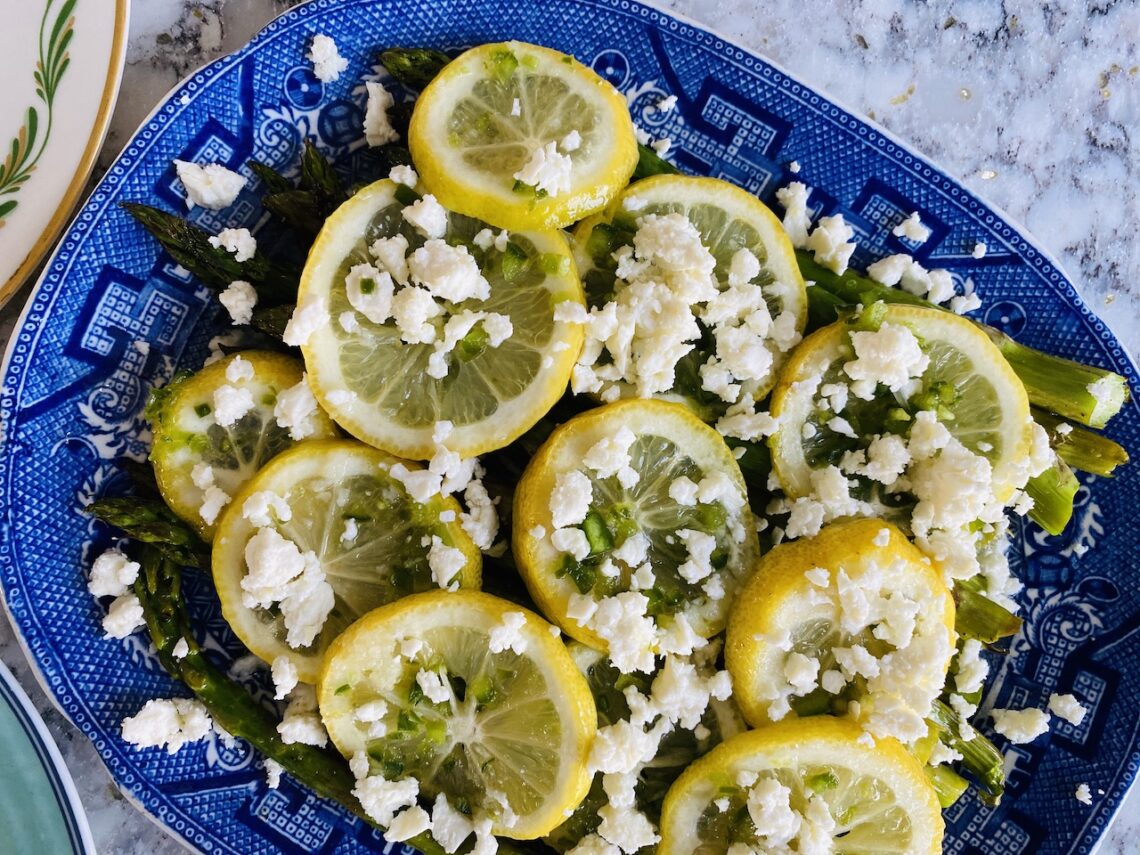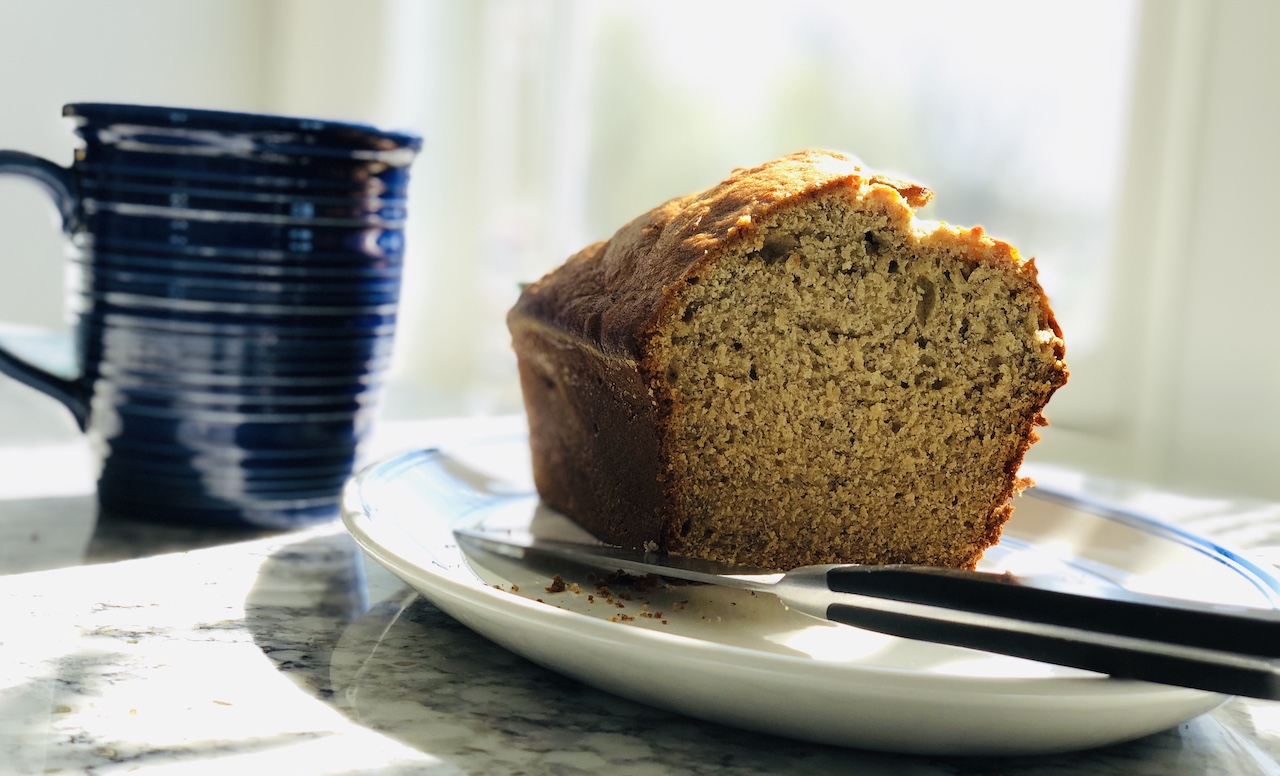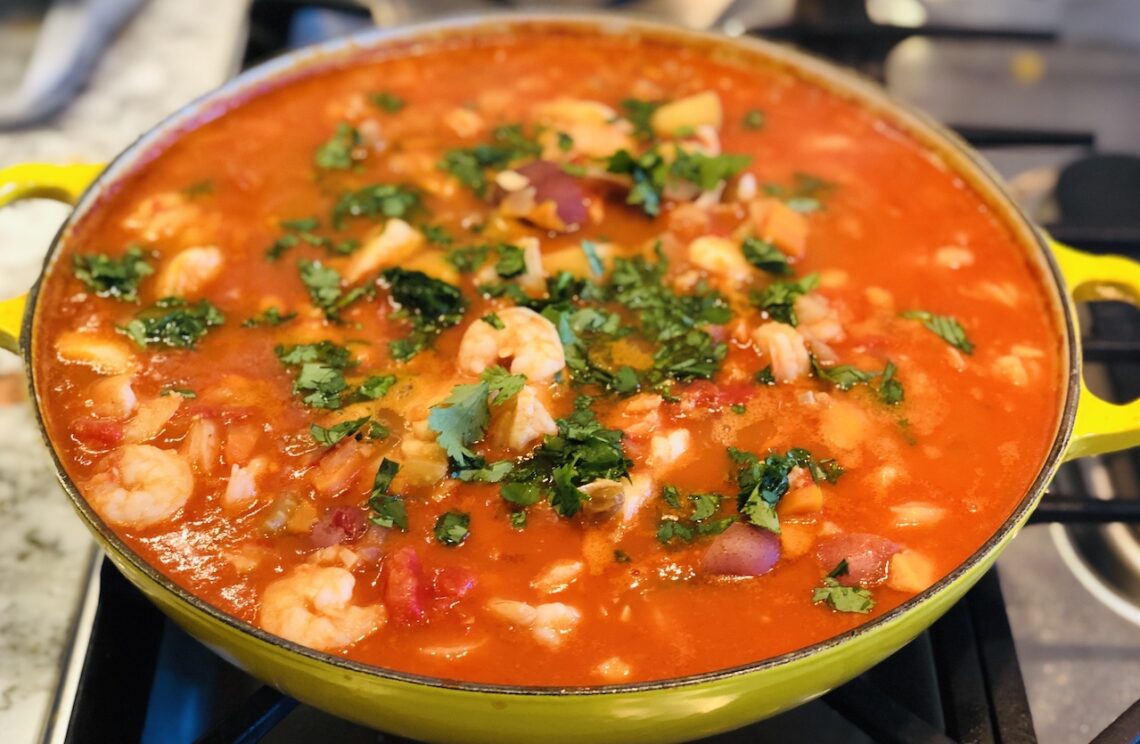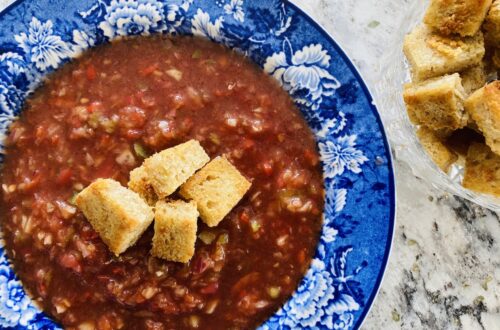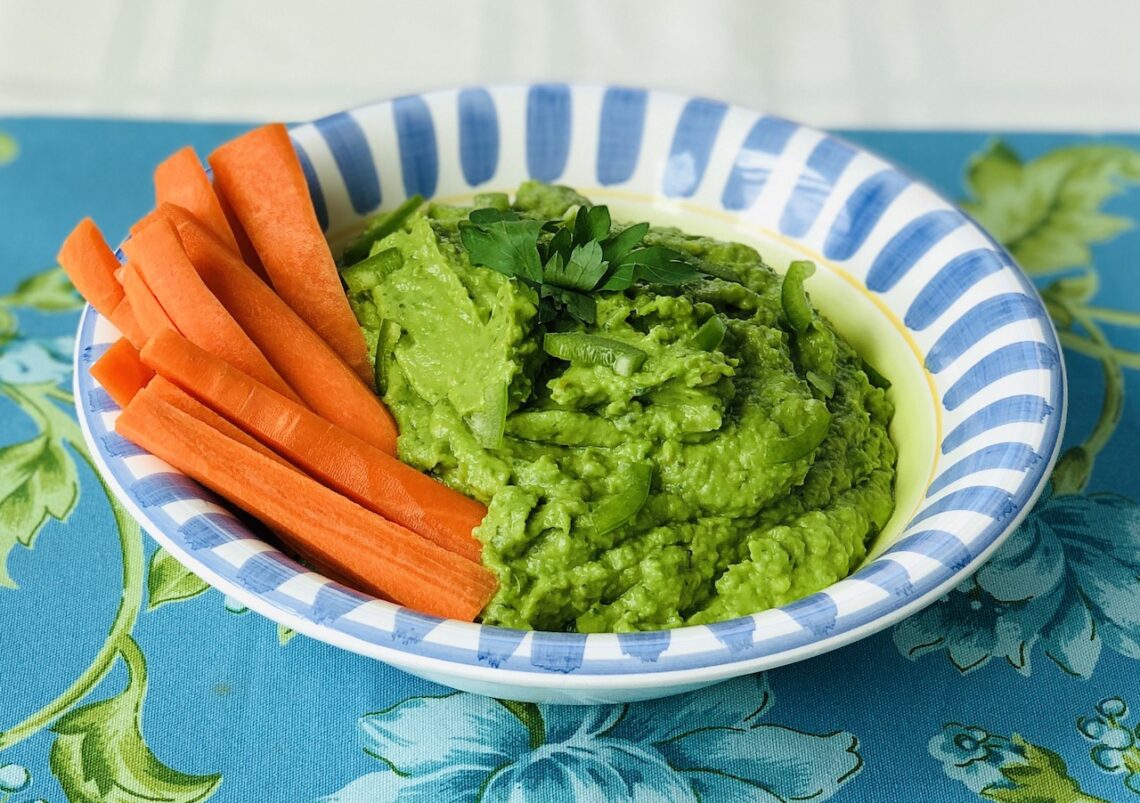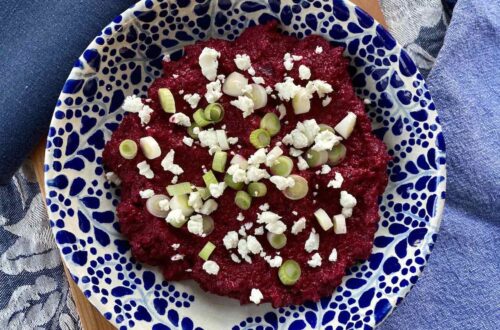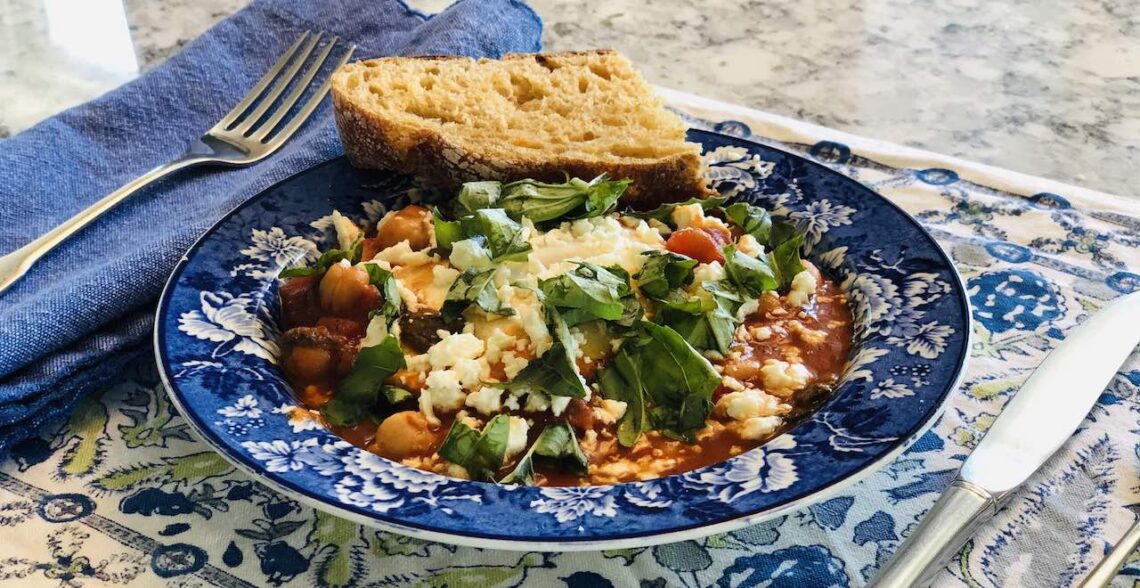-
Roasted Asparagus with Pickled Lemon and Feta
I love asparagus. Green asparagus, white asparagus, even purple asparagus. I could easily eat it every week and never tire of it. I love it with my mother’s hollandaise sauce and with this easy buttery caper sauce. But my favorite way to eat it right now is with this pickled lemon and feta, a simple recipe from the Chicago restaurant Avec. It’s lemony, a little bit spicy and salty, but still allows the asparagus to come through.
Growing up in Chicago, I always knew that Michigan grew a lot of asparagus, but I didn’t realize just how much. Michigan is currently the largest producer in the US, producing as much as 23 million pounds each year. Being this close to Michigan means that our local grocery store and every farmer’s market sells fresh, Michigan asparagus – even though most of the asparagus sold in the US these days is actually imported from Peru and Mexico. (Between 2004 and 2014, the amount of asparagus grown in the US decreased dramatically – by one estimate, by 64 percent – in large part due to these cheaper imports.)
The asparagus season is winding down, but before it ends completely I wanted to grab this moment to talk about labor conditions in the asparagus industry. Although I just spent the past couple of months enjoying my local Michigan asparagus, I actually want to focus on asparagus grown in Germany, where eating white asparagus in the spring is a national pastime. I had never eaten white asparagus until I moved to Germany. But in Germany, every year in late spring, restaurants starts to list asparagus – Spargel – as the special. Markets and grocery stores sell it, and everyone gets really excited about Spargelzeit (asparagus time). I never learned to cook the white kind, but my wonderful roommate would cook it with prosciutto and potatoes – and it was always delicious!
-
Strawberry Cake
Every summer in Berlin, little huts from Karls Erdbeerhof (Karl’s Strawberry Farm) pop up outside of train stations and sell strawberries by the kilogram. This is my favorite time of year in Germany, where I lived for five years: the days are long, everyone is outside, and the world feels at peace. Plus, there are strawberries – and lots of them. When I first moved to Germany, these luscious and sweet strawberries were a revelation, so different from the perfectly shaped, watery-tasting ones I had grown up eating.
This cake is all about strawberries and, to me, it tastes like summer. It tastes like a picnic at Tempelhof, the former airport turned public park in Berlin, where crowds gather as soon as the weather permits. It tastes like the joy of sitting on the grass for hours, eating and drinking as the sun sets and friends come and go. It tastes like the carefree feeling of summer in Berlin.
As you could probably have guessed, picking strawberries is neither easy nor carefree. It’s difficult work that involves stooping down and squatting for hours at a time. Workers must move quickly and know which berries are ready to be picked, while also being gentle with the berries to avoid bruising them. Pesticides are also a major problem. According to the Environmental Working Group, strawberries are “the fresh produce item most likely to be contaminated with pesticide residues.” This is true even if the strawberries are both rinsed in the field and washed before being eaten. 98 percent of strawberries tested by the federal government had pesticide residue on them. While there is limited data on these pesticides’ effects on workers, there is evidence that pesticides and fumigants can lead to increased risk for cancer, harm child development, and may cause birth defects.
-
Mediterranean Fish Stew
At some point during my childhood, fish stew became the dish that my father and I cooked together. This was always an extensive process: we’d buy or make fish stock, which was either bland or way too fishy; we’d cook bacon, chop up all the vegetables, add everything to the pot; and then we’d step back and wait. We’d taste it, realize it was all wrong (often too fishy), and separate the whole thing out into two pots and more or less start over. Somehow it always ended up tasting good in the end, although I still don’t understand how.
More recently, we’ve cooked various Mediterranean-style fish stews. This recipe is the most recent and, in my view, by far the best. I’ve simplified the original recipe so it can be made with household spices, added raisins to contrast with the saltiness from the anchovies, and chosen to use chicken stock instead of water, which some may see as sacrilegious. I don’t care; it’s my kind of fish stew. (I’ve also added shrimp, because what’s a fish stew without shrimp.)
Cod is the center of this stew. A bottom-dwelling fish, cod was once everywhere in the Atlantic; it’s said that you used to be able to walk across the ocean on the backs of cod. But after centuries of fishing, by the 1990s the stock on the North American side of the Atlantic had been drastically reduced – off Canada down to 1 percent of its former level, while on the US side down to around 3 or 4 percent.
-
Avocado and Pea Dip
Two summers ago, I was living in Chicago for a couple of months when a friend came to visit. Through some hard-core restaurant searching, we ended up going to Ema, a California-inspired Middle-Eastern restaurant, for brunch. It was great – everything tasted fresh and it was the perfect combination of doughy breakfast foods and light hummus and labneh served with fresh pita. (Not sure how this turned into a restaurant review, but here we are – if you’re in Chicago, the brunch is worth it.)
This recipe comes from Ema. I have to admit that the first time I made it I was disappointed. Although the recipe I found online calls for 4 teaspoons of salt (which has to be an error), I added only one – and even with that reduction I thought it was so salty it was on the verge of being inedible. However, the next day I tried it again and it miraculously tasted great. Here’s a slightly revised version, to be eaten with vegetables or on toast.
-
Chickpea and Spinach Shakshuka
Last summer I was studying for the bar and decided to stay in my law school apartment – with no air conditioning. It was fine for the first four weeks, but in the few days before I moved out the real New England summer hit. It was in the mid-90s and humid, and my apartment seemed to suck in all the heat from the street. I dripped with sweat just sitting in my kitchen, as I re-learned contract law and tried to understand what a secured transaction was. One night, desperate for decent food but too lazy to go buy any, I looked around my kitchen and found a jar of tomato sauce, a can of chickpeas, and frozen spinach. I went to my computer, googled “tomato sauce chickpeas spinach” and this recipe popped up. In that moment, I was hoping for a mediocre dinner and instead I got this.
This is a simple recipe. It’s made using a jar of tomato sauce (for my European friends, I’d suggest cooking down about two cans of tomatoes into a sauce with onions and basil), chickpeas, and spinach – the perfect pandemic dinner. But despite its simplicity, the milk provides a creaminess that makes the tomato sauce richer. And let’s be honest, yolky eggs in just about anything are delicious.
